
ENSEMBLE – Process Management System
The ENSEMBLE Process Management System is designed as a tool that enables institutions to transition from a function-oriented management approach to a process-oriented management approach. The system can be used by all users, from senior executives to employees at all levels, for process and performance management, training, and information sharing.
The ENSEMBLE Process Management System provides the necessary infrastructure for modeling existing processes within an organization, documenting them visually, and determining and managing process performance indicators. The application is developed as a fully object-oriented platform using Microsoft .NET technology and supports both English and Turkish languages. It has features that support approaches such as Business Process Reengineering (BPR), ISO Certification (ISO 9001:2008, etc.), Total Quality Management (TQM), EFQM Excellence Model, COBIT, ITIL, CMMI, Lean Manufacturing, and Six Sigma.
The ENSEMBLE Process Management System consists of three main modules: Process Modeler, Indicator Manager, and Process Manager.
Process Modeler
The Process Modeler is a module that operates on user computers and allows for the visual modeling of processes. It has a user-friendly graphical interface that is easy to learn and use. With this interface, visual process models and their relationships can be created at multiple levels with clear visibility of their interactions.
These process models can include information that defines the process, such as process owners, responsible individuals, resources, documents, process performance indicators, information system resources, related processes, and associated departments. All this information forms a process "database" that can be queried and reported. This allows gaps and deficiencies in processes and process data to be identified and resolved.
By evaluating this information from a human resources perspective, job descriptions and departmental responsibilities can be reviewed and revised accordingly to align with the transition to a process management approach.
Indicator Manager
The Indicator Manager is the module where process performance indicators are defined and managed. General parameters such as periods and evaluation criteria are defined first, after which the data entry method, responsible individuals, and graphic properties for each performance indicator are determined.
The target, alarm, warning, and realization data of performance indicators can be entered in several ways:
1. Manual entry
2. Calculation from other indicators using a formula
3. Retrieving data from databases
The system also includes scripting support to define exceptional conditions and direct necessary actions. It can connect to any database (like Access, MS SQL Server, Oracle) via OLE DB or ODBC, and retrieve data periodically from relational and OLAP databases or data warehouses through scheduled tasks.
The performance indicators defined in the Indicator Manager can be categorized under user-defined groups, making it easier to manage them and link them to relevant process steps in process maps.
Process Manager
The Process Manager is a web-based process management environment that enables the sharing of process maps and monitoring of the current status of process performance indicators online. Process maps created with the Process Modeler can also be used for employee orientation during training or task changes within the organization.
If linked, the Process Manager can also act as an interface for launching web-based applications where process activities are carried out. Users can access any information or documentation related to processes via the Process Manager and can initiate workflows (if they are web-based) or access corporate applications linked to the processes.
In addition, process managers can visually track the status of performance indicators for the processes they are responsible for on a periodic basis. The system automatically checks warning and alarm thresholds for process performance indicators, considering the targets, and compares process performance levels with the performance levels of competitors or the industry. It can remind users of data entry responsibilities and, if necessary, send notifications to process or indicator owners via email.
Features
• Developed with Microsoft .NET technology using a fully object-oriented approach.
• User-friendly graphical interface for easy learning and use.
• Processes can be graphically modeled to any level of detail.
• All kinds of documents, inputs, outputs, responsibilities, and resources related to processes can be defined.
• Process diagrams, along with linked resources and attributes, can be shared on the web for users to access.
• The system has a secure file format that functions as a "process database" that can be queried.
• Integrated multi-level models can be created, and process models from different files can be displayed together.
• Goals can be linked to each other and defined using formulas.
• Warning and alarm thresholds for goals can be set, and users can be notified when thresholds are exceeded.
• Process performance metrics can be entered manually or sourced from relational databases or OLAP data sources.
• Process performance data can be automatically compared with sectoral or competitor performance levels.
Benefits
• Helps visualize the interactions between processes.
• Clarifies the relationships between processes and the organization.
• Identifies system-related issues in process flows.
• Identifies value-adding activities.
• Identifies processes that need to be restructured.
• Improves operational efficiency and customer satisfaction.
• Tracks and enhances process performance.
• Monitors issues and actions related to processes.
• Provides a single, consistent interface for daily activities.
• Offers a quick and easy training infrastructure.
ENSEMBLE – Corporate Balanced Scorecard
The ENSEMBLE Corporate Balanced Scorecard solution transforms the organization's strategic objectives into shared goals that all organizational units contribute to. It allows the relationships between company goals to be defined, initiatives (projects) required to achieve these goals to be planned, and related work steps to be assigned to stakeholders.
With an adaptable and parametric infrastructure, the system allows for regular review and adaptation of strategies according to changing conditions. It provides a disciplined and systematic foundation for strategic planning. It enables all relevant personnel, from senior executives to employees at every level, to participate in the strategic planning and implementation process.
Features of the Strategic Planning Module
• Parametric definition of personnel, organizational structure, and roles.
• Flexible and parametric definition of the Strategic Plan Hierarchy (Strategic Goals, Objectives, etc.).
• Automatic reporting of the Strategic Plan through the organizational hierarchy.
• Tracking and reporting of Corporate, Departmental, and Individual scorecards.
• Definition of primary activities/projects linked to objectives, along with cost and completion targets.
• Management of performance indicators linked to objectives.
• Preparation of Unit and Administration Performance Programs.
• Establishment of budget-related information by planning activities and projects according to the analytical budget breakdown.
• Recording of physical completion and financial realization of projects/activities.
• Data entry from corporate systems for performance tracking.
Benefits of Using the Balanced Scorecard
• Creation of loyal customers for sustainable profitability.
• Acquisition of new customers who can be served efficiently.
• Identification of new products and services demanded by the target customer base.
• Development of business processes that produce high-quality products/services at low cost and short delivery times.
• Accumulation of intellectual capital as part of the corporate memory in databases.
• Fostering an innovation-driven workforce.
• Nurturing managers who understand the vision and support daily activities.
Why ENSEMBLE – Balanced Scorecard?
• To view corporate performance from the perspective of strategy and business processes.
• To spread and share organizational goals and strategies.
• To align individual objectives with corporate goals.
• To leverage corporate application data for managing the company's vision.
• To balance and synchronize strategic and operational objectives.
• To focus on the "big picture" (seeing the forest, not just the trees).
• To automate the process of managing the organization's vision.
ENSEMBLE – Strategic Planning and Performance Program Management System
The ENSEMBLE Strategic Planning and Performance Program Management System is a solution developed to enable public institutions to prepare and monitor their medium- and long-term strategic plans and performance programs. It complies with the guidelines and regulations prepared by the State Planning Organization and the Ministry of Finance under Law No. 5018.
The system provides an adaptable and parametric infrastructure that supports planning, monitoring, and revision of the strategic plan. It offers benefits such as encouraging employee participation in planning, reducing workload, identifying total estimated costs, and supporting performance-based budgeting.

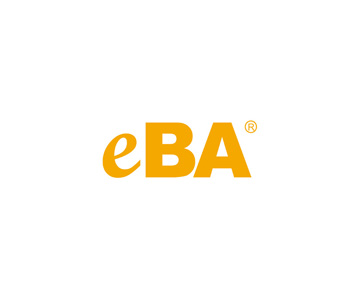
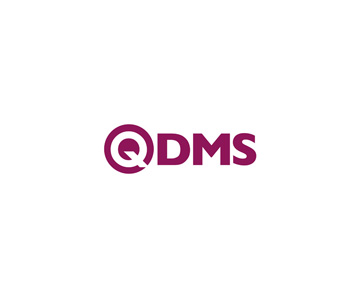

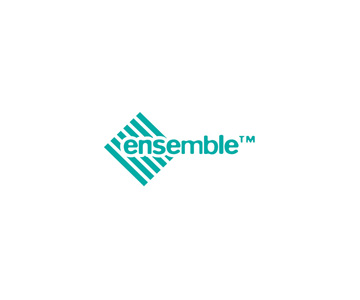
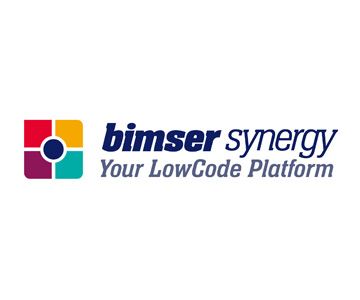
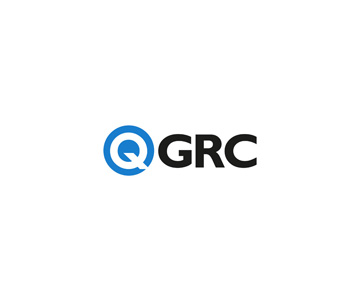
Contact Us
ENSEMBLE - Process Management, Performance Management and Balanced Scorecard you can contact us by filling out the form below